Amarone is dried raisin juice. Argentina only makes bulk wine. Barolo is overpriced. True or prejudice?
Vingruppen is Sweden’s second largest wine importer and consists of six different companies: VinUnic, Wineworld, The Wine Agency, Vinovum, Valid Wines and Opentable. When they invite you to taste their range, it feels like there are more bottles than guests there. It may be because it is the same bottles during an entire afternoon while guests come and go.
These companies represent many of the wine world’s great brands such as François Lurton and Masi. There are even niche high-end producers such as Borgogno from Piedmont in the range. I went to these three producers see if they could challenge three of my prejudices, or possibly misconceptions.
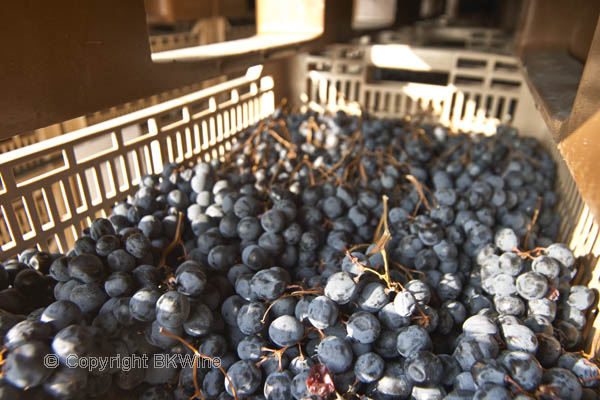
Prejudice # 1: Amarone is a sweet and alcohol-fuelled dried raisin juice
I have learned that if the best wine from a certain category does not taste great then it won’t get better further down in price. Masi had a representative from the winery on site who were willing to challenge my prejudices.
She presented three wines:
Masi Campolongo Torbe Amarone 2007 ~100 euro (all prices are estimates from the winery or based on Swedish monopoly retail prices)
Masi Mazzano Amarone 2007 ~98 euro
Masi Osar 2006 ~42 euro
Both amarone wines were complex, concentrated and multi-facetted. Dark red cherries with vanilla and herbs and no impression of high alcohol content, which in both cases is a solid 16%. The Campolongo is elegant and soft in character, while the Mazzano is more powerful and equally soft. Both have a long and fine aftertaste. I learned then and there that a very good and not quite cheap amarone is a high-quality wine. To make the wines justice they should not be had with food but are best enjoyed alone or with a piece of parmesan.
“Osar” means to dare in Italian. It is a reference to that Masi has dared to make a wine from 100% of the re-discovered ancient grape oseleta. It is not very common and is normally used at the most at 5-15%, not unlike Petit Verdot Bordeaux.
It is difficult to describe a wine from on an unknown grape the first time you taste it. Blueberry and blackberry tones in the aroma reminiscent of Mencia. The strong but well-integrated tannin structure makes the wine rather similar to a Tannat wine. An interesting wine that goes well with powerful game dishes with cream sauce.
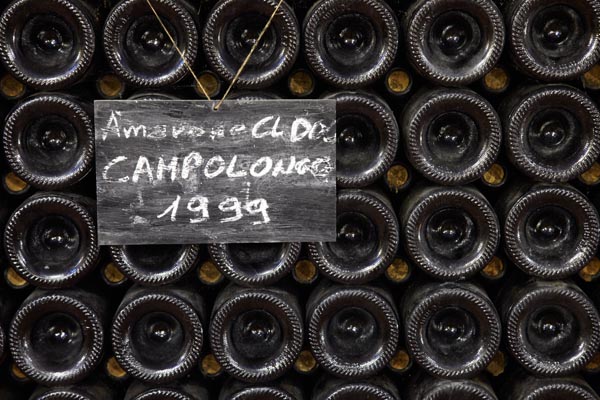
Prejudice # 2: There are no real top-class wines from Argentina
I approached François Lurton’s representative with a certain scepticism. Isn’t this one of those flying winemakers who make streamlined wines mainly for a mass market? Whatever; I go there with an open mind and let the wines speak.
In Argentina they bought 225 ha in the early 90’s in a desolate and desert-like landscape. Here they planted both domestic (Argentinean) and French malbec. The grape is also known as cot in France and they use this name to indicate when the cuttings came from France.
Piedra Negra Gran Malbec 2009, ~28 euro
The wine is made from about 50/50 malbec / cot. A spicy aroma with hints of dark berries, liquorice and chocolate is supported by 18 months of aging in new French barrels. Definitely a reference among malbec wines. He seems quite knowledgeable, this Lurton. Not many Argentine malbecs can match this.
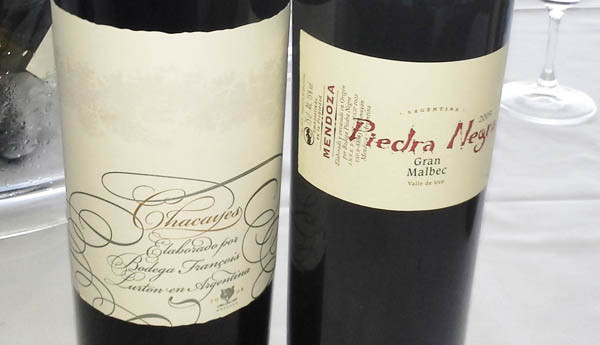
Chacayes 2008, ~54 euro
This 1 ha big malbec vineyard is planted with 20,000 vines, which makes it among the highest planting densities in the world. Each vine is allowed to give a maximum of half a kilo of grapes, to achieve a high concentration of colour and tannins. The finished wine consists of malbec plus 15-25% cabernet sauvignon.
Chacayes has a complex red-fruity aroma with coffee tones from the barrel ageing and balanced tannins. It is an elegant and dense wine that makes me scrap also this prejudice. I’m in good company; all the vintages have received 92-95 points from various internationally renowned wine critics. Only 60 bottles Chacayes 2008 come to Sweden.
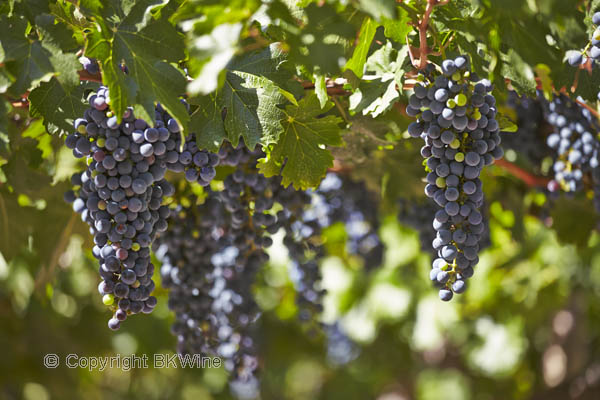
Prejudice # 3: Barolo is overrated
Borgogno from Piedmont makes nebbiolo wines in various price ranges. An entry-level-nebbiolo from a good winery can feel very affordable, while a Barolo rarely offer the same bang for the buck. First, the tasting confirmed the quality of Borgogno’s well-made Langhe Rosso and Langhe Nebbiolo. We then move on to a small vertical tasting of their Barolo wines:
Borgogno Barolo Riserva 2006, 1998, 1967 (~52 euro, ~59 euro, and ~450 euro)
There is not much difference between the 2006 and the 1998, both are excellent representatives of Barolo. The 1998 has more of an animal character and feels older than 2006. Both have a characteristic Barolo fragrance of roses, rose hips, cherries, with a light touch of tar and barrels. They might not be so overrated after all?
I approach the 1967 reverently. It is a real privilege to taste such an old wine. The nose is hard to define and incredibly complex. Yes, it seems clear that this is a Barolo, but the nuances are finer and there is more of it. The taste is harmonious and vibrant with a good balance between acidity and silky tannins. I cannot bring myself to spit and enjoying the long aftertaste. This was a great and unique wine experience.
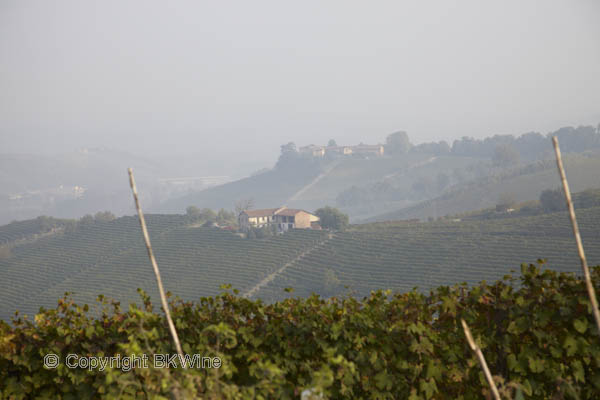
Barolo is not an ounce overrated. A price tag that goes up by an order of magnitude in 40 years, isn’t that almost just in pace with inflation? We should probably not forget the 70’s devaluation policy in Sweden in the calculation.
I have had three prejudices refuted by nine superb wines and three enthusiastic representatives from the vineyards. If it is so easy to change one’s opinion when you get better information, then I would be happy to do it more often.
Mikael Karlin writes för BKWine Magazine on wine tastings and wine events in Sweden.
– – –
Three fantastic wine regions that presented some of their top wines. If you want to experience some of the very best to be found in these wine regions you can come on a wine tour to Veneto, amarone land, or on a wine tour to Piedmont, perhaps even with some truffles, or on wine tour to South America, including Argentina and Chile, all with BKWine.
Travel to the world’s wine regions with the experts on wine and the specialist on wine tours.
“The world’s top wine tours.” BKWine wine tours.
– – –
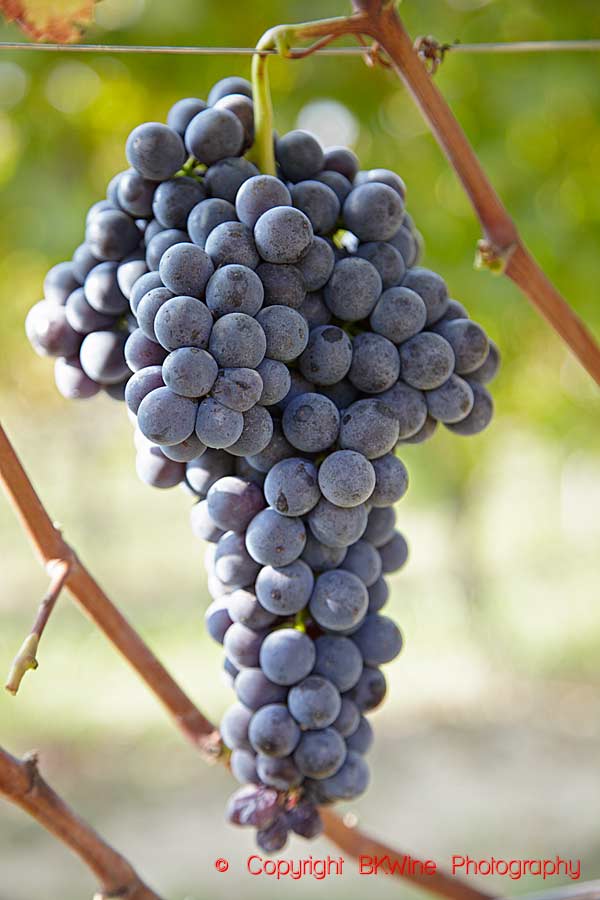



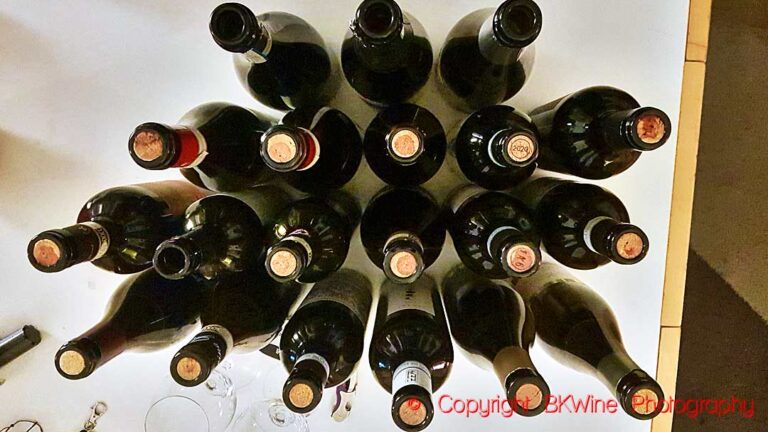
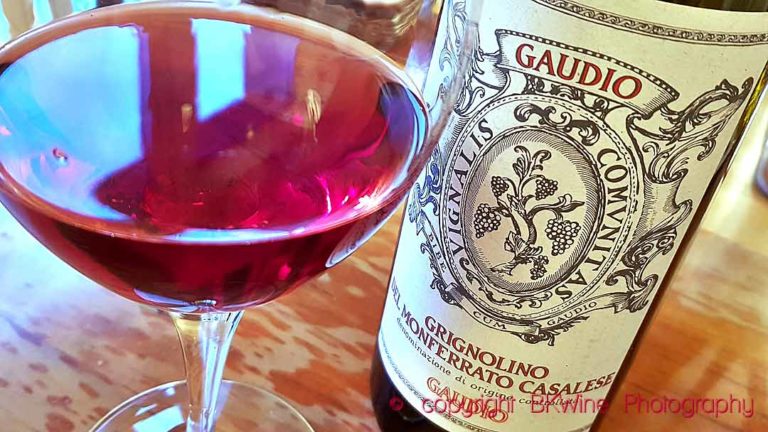





One Response